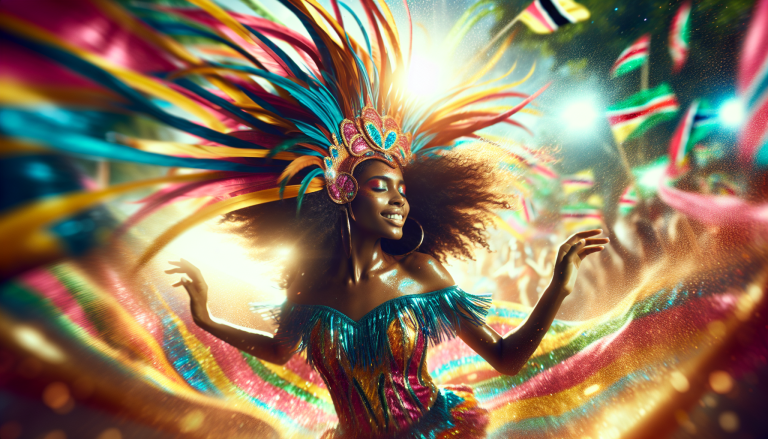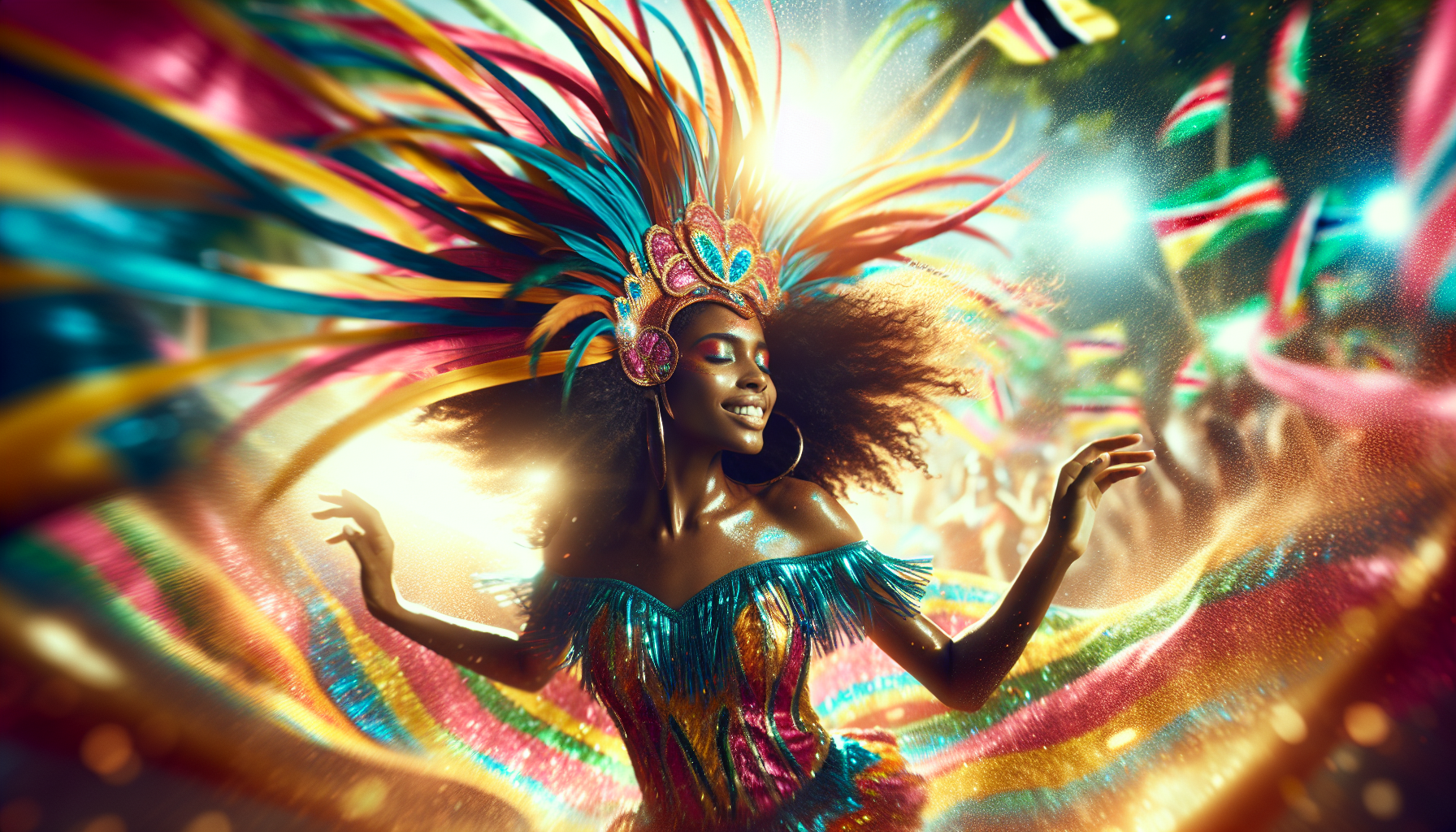Soca: The Heartbeat of Caribbean Carnival Culture
The vibrant pulse of Caribbean music finds its most electrifying expression in soca, a musical genre that embodies the spirit of celebration, freedom, and cultural pride. Originating in Trinidad and Tobago during the early 1970s, soca represents more than just a musical style – it’s a powerful cultural movement that has transformed the landscape of Caribbean music and global entertainment.
Historical Roots and Evolution
Soca emerged from the rich musical traditions of calypso, pioneered by legendary musician Lord Shorty (Garfield Blackman). In the early 1970s, Blackman sought to create a new sound that would blend traditional calypso with Indian musical influences, reflecting the multicultural nature of Trinidad and Tobago. The term “soca” is believed to be a contraction of “soul” and “calypso,” symbolizing the genre’s innovative spirit.
Lord Shorty’s groundbreaking tracks like “Indrani” and “Soca Dancer” laid the foundation for a musical revolution. By incorporating instruments like the tabla and synthesizing Indian rhythms with Caribbean beats, he created a sound that was simultaneously familiar and revolutionary. This musical fusion captured the complex cultural landscape of the Caribbean, where African, Indian, European, and indigenous influences intersect.

Musical Characteristics and Cultural Significance
Soca is characterized by its high-energy rhythm, driving percussion, and infectious beats that compel listeners to dance. Unlike slower calypso, soca is designed for pure musical euphoria – it’s a genre that demands movement. The music typically features rapid tempos, brass instruments, synthesizers, and percussion that create a wall of sound meant to energize crowds during carnival seasons.
More than just music, soca represents cultural resistance and celebration. It emerged during a period of post-colonial cultural renaissance, when Caribbean nations were actively reclaiming and redefining their cultural identities. As noted Caribbean musicologist Dr. Keith Nurse explains, “Soca is not just a musical genre, but a form of cultural expression that speaks to freedom, joy, and resilience.”
Carnival and Performance
Soca reaches its apex during Caribbean carnivals, particularly in Trinidad and Tobago’s legendary Carnival. Here, music transforms into a collective experience of liberation. Performers in elaborate costumes parade through streets, dancing to pulsating soca rhythms, embodying a tradition of resistance and celebration that dates back to the emancipation of enslaved people.
The music is typically performed during street parades, stage competitions, and massive outdoor festivals. Competitions like the International Soca Monarch in Trinidad attract thousands of fans and showcase the genre’s most dynamic performers.
Influential Artists
Several artists have been instrumental in popularizing soca globally:
1. Machel Montano: Often called the “Michael Jackson of Soca,” Montano has been a pivotal figure in modernizing and internationalizing the genre. His high-energy performances and innovative musical approach have made soca accessible to global audiences.
2. Destra Garcia: Known as the “Queen of Bacchanal,” Destra has been crucial in expanding soca’s appeal, particularly among female artists. Her powerful vocals and dynamic stage presence have inspired countless performers.
3. Bunji Garlin: A pioneer in blending soca with contemporary genres like hip-hop and electronic music, Garlin has been instrumental in pushing soca’s boundaries and attracting younger audiences.
Global Impact
While rooted in Trinidad and Tobago, soca has transcended geographical boundaries. It has influenced musical genres worldwide, from hip-hop to electronic dance music. Major international artists have collaborated with soca musicians, further cementing its global relevance.
The music has become a powerful tool of cultural diplomacy, allowing Caribbean communities worldwide to maintain connections to their heritage. In diaspora communities from New York to London, soca remains a vibrant link to Caribbean identity.
Contemporary Relevance
Today, soca continues to evolve, incorporating elements of contemporary music while maintaining its core identity. Digital platforms and social media have enabled artists to reach global audiences, ensuring the genre’s continued vitality.
Festivals like Toronto’s Caribbean Carnival and London’s Notting Hill Carnival demonstrate soca’s enduring appeal. These events attract millions, showcasing the music’s power to unite people through rhythm and celebration.
As Caribbean music continues to shape global musical landscapes, soca stands as a testament to the region’s creative spirit – a genre that is simultaneously traditional and revolutionary, deeply rooted yet perpetually transforming.




